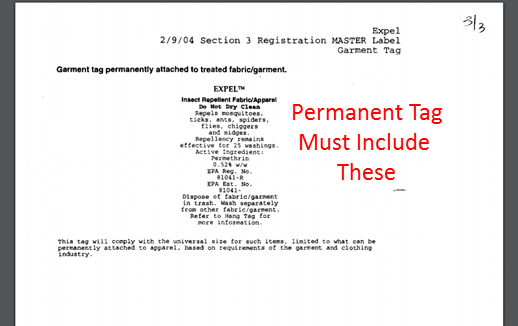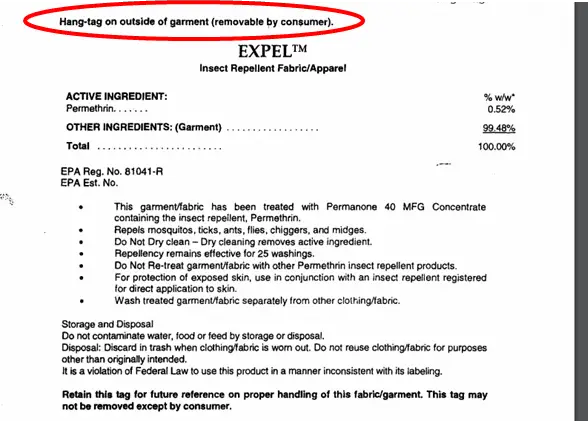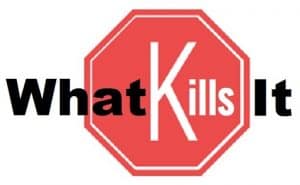Here we go again. It’s Horse Fly season and with less people out and about, these blood sucking ladies are more aggressive than ever! Ladies you say? Yes; only the female horse flies need blood for egg stimulation. But hey, that’s the cycle of life right? NOT!! Aside from being extremely painful, a horsefly can spread disease from person to person, animal to animal and everything in between.
In today’s article, we’re going to cover what repels a female horse fly and then in our next article, we will show you how to hide from her in the first place. If you happen to have a severe horse fly problem, you might consider implementing both lines of defense.
So let’s begin with repelling and then be sure to check back next week when you show you how to hide from the hungry horse fly. Here we go…
Repelling Vs. Killing Horse Flies
Anyone who’s ever been sprayed to the gills with deet only to be bitten by a mosquito knows that every product has its limits. When it comes to repelling a starving insect, we have to consider the motivation.
What’s a horse fly’s motivation? She NEEDS your blood (or that of your horse, dog, cat, cow, etc) and without it she will never become a mother….not in the loving, caring sense, but every instinct tells her to reproduce…or die trying.
So repellents may deter, but they don’t prevent her from landing on you, and if she’s desperate, she’ll have no choice but to bite through your stinky attempts to repel her.
So What Repels Horse Flies? Like What Exactly Can I Use?
Your best odds of repelling female horse flies is with Permethrin. Permethrin repels, but it doesn’t prevent horse flies from landing. Also of note: permethrin can kill cats, birds, aquatic life, honeybees and other food friendly pollinators.
One must think long and hard before using permethrin in an effort to repel horse flies. But if you have to do it, here are some options of incorporating Permethrin to repel horse flies.
Headed to the beach? Read our beach lovers/horse fly article instead: link to article.
Permethrin Treated Clothing for Horse Fly Protection
With its roots in military issued uniforms, permethrin treated clothing has made its way into consumer clothing. In order to manufacture this type of clothing, makers must be registered with the EPA and follow a set of established guidelines for both making the clothing and instructing their would-be-customers how to use the treated clothing.
In other words, all permethrin treated clothing must come with instructions and claims had to have been substantiated with the EPA.
Just as you wouldn’t sip water from an unknown source, do not accept unapproved, unregistered articles of permethrin advertised clothing. While the EPA allows it in clothing, the percentages have to be strictly monitored.
Here is what to look for
- The Permanent Attached Label MUST have an EPA Registration Number and Instructions.
- A Hanging Label Must Also be Attached and removed by consumer only.
- The number of washes must be included somewhere
Here are some picture examples of what the EPA requires of companies who manufacture Permethrin treated clothing;


Where Can I Buy Permethrin Treated Clothing?
One of the largest Makers of Permethrin Treated Clothing is Insect Shield LLC and they supply to other brand names as well. For instance, Orvis
Orvis is well known for it’s well constructed garments and generous warranties, has a small line of apparel that uses Insect Shield LLC’s permethrin treated clothing. You can check pricing and availability in this link:
Link to Orvis Permethrin Clothing LineThe EPA registration number for Insect Shield Apparel is: 74843-2
More on Permethrin Treated Clothing
One of the simplest and best guides for understanding how Permethrin came to be in our clothing is listed on the EPA website. It’s a short read but highly informative. Here is the link: EPA Info on Permethrin Treated Clothing.
DIY Permethrin Clothing for Repelling those Horse Flies
If spending a lot of money on insect-repellent clothing is not what you had in mind, you can always go the DIY route. Buying permethrin and treating your own clothing is definitely cheaper, but probably not as effective. So if you’re an outdoor person who is always trying to avoid Horse Flies, you might save up for the pre-treated clothing, or ask for them as gifts.
Remember, permethrin doesn’t kill horse flies it just repels them.
Here is what spray permethrin looks like and always follow instructions exactly as written. (click picture to view and price check on amazon marketplace)

Does Anything Else Repel Horse Flies …Besides Permethrin?
Unfortunately, besides Permethrin, studies fall short of proving that something actually REPELS horse flies (as in, offends them so much they leave before biting).
Some swear by lemongrass plants and citronella oils/candles, while others say they made absolutely no difference. All in all, the more likely reason why a product might work for one person and not another is: whether or not the horse fly has better options.
In a neighborhood situation, citronella candles (link to pricing) scattered around the yard or at least around the deck or pool might just do the trick. Alternatively, filling outdoor torches with citronella scented lamp/torch oil (link to pricing) might be enough to make your yard a “no fly” zone.
But if you’re out in the wilderness or very rural area, the horse fly simply has no other options and will have no choice but to ignore these distracting scents.
That leaves us with the option of attracting horse flies to their death, or hiding from them so we don’t become their next meal. In fact, there have been studies which proved there were ways to confuse horse flies, things we can do that take away the horse fly’s ultimate super power: polarized vision.
That’s what we’re covering next week, so check back often and….stay tuned. In the meantime
